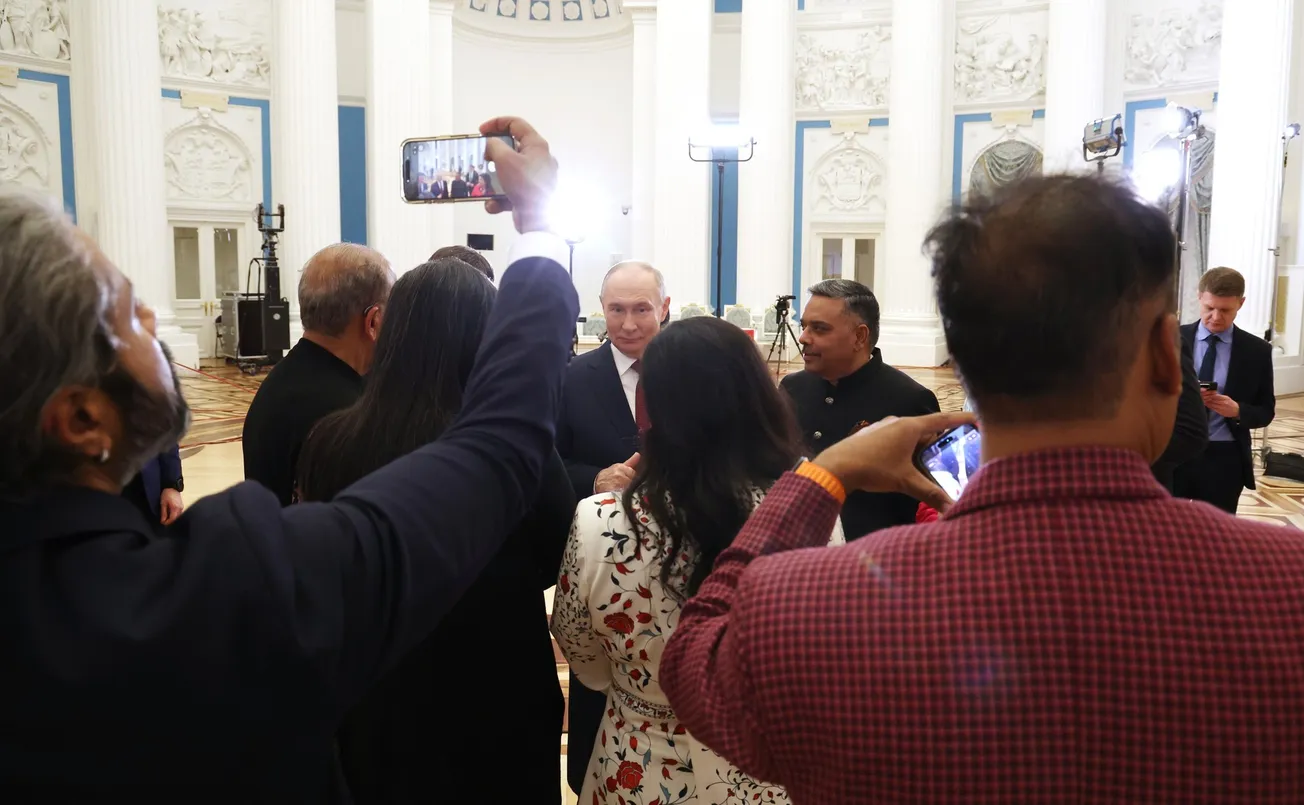Paris, July 30, 2020 (Nouvelle Solidarité) – On July 28, the presidents and political leaders of China, Russia, Japan, India, South Korea, France and others greeted the participants of the ceremony launching the assembly phase of the International Thermonuclear Experimental Reactor (ITER) at the megaproject’s construction site in Cadarache, Southern France.
While up until now, many powerful fusion machines have individually succeeded in obtaining one or some of the numerous criteria required to induce break-even conditions in a magnetic confined plasma (temperature, density, duration, etc.), ITER, by its scope and design, aims to achieve not one but all the required conditions (“Lawson criteria”) in one single giant machine. Whatever the final outcome of this endeavour, its undertaking will teach us a lot.
As recounted on its website, the ITER project (initially proposed by Russian and US scientists) was one of the results of the Geneva November 1985 ‘'fireside summit,'’ between Ronald Reagan and Gorbachov, which calmed down war tensions and opened a new era in the US-Soviet relationship. At that time, Secretary General Mikhail Gorbachev and President Ronald Reagan “emphasized the potential importance of the work aimed at utilizing controlled thermonuclear fusion for peaceful purposes and, in this connection, advocated the widest practicable development of international cooperation in obtaining this source of energy, which is essentially inexhaustible, for the benefit of all mankind.” The two Heads of State reaffirmed their commitment to the fusion initiative at their Reykjavik Summit, 11 months later. A Quadripartite Initiative Committee was formed with EURATOM and Japan, and “The Big Machine” was on track. Soon, it would be called ITER. The machine will weigh 23,000 tons and will have a plasma volume of 830 cubic metres, far higher than the tokamaks operating today which have maximum plasma volume of 100 cubic metres. The 35 partner countries that have pooled their vast expertise and resources, are those in the European Union, the United Kingdom, Switzerland, China, India, Japan, Korea, Russia and the United States. (https://www.iter.org/newsline/-/2323)
Here are highlights of some of the messages read or sent to the launch ceremony:
CHINA: “The active explorations and practices through the past, over 10 years have fully proved that open exchanges are a key route for exploring scientific frontiers,” President Xi Jinping said in his message Xinhua reported. Noting that “science is not bound by national borders” and “innovation is an endless endeavor”, Xi said international scientific and technological cooperation “is critical to addressing global challenges”. “The ITER project embodies the human desire for the peaceful use of fusion energy. As the world is tackling severe challenges brought by the COVID-19 pandemic, humanity needs now more than ever to forge partnerships and overcome hardships.”
FRANCE: President Emmanuel Macron stressed that “ITER is a promise of peace (…) There are moments when the nations of the world choose to overcome their differences to meet a particular moment in history. The decision to launch ITER, was one of these moments,” a moment where nations cooperate for the “common good… Imagine, if the experience works, If it can find industrial applications, we will have developed a non-polluting, carbon-free, safe and almost waste-free energy, that will simultaneously meet the needs of all areas of the globe and meet the climate challenge and preserve natural resources. With fusion, nuclear energy can be an industry of the future, even more so than it is already today. ITER is clearly an act of confidence in the future.” .
INDIA: Prime Minister Narendra Modi, in a statement read by India’s ambassador to France, called international collaboration “a perfect symbol of the age-old Indian belief ... (that) the world is one family.”



